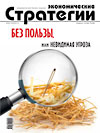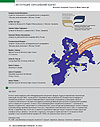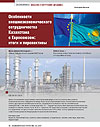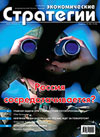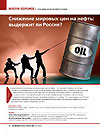C3 Strategy for Deeper EU-EAEU Economic Integration
This article summarizes the results of the International Youth Forum “Future of Eurasian and European Integration: Foresight — 2040”, regarding the economic integration within the European, Eurasian and Asian space. The high interdependence of European and Eurasian markets especially, make strong social and political relations essential in achieving long run economic development, growth and stability in the region. Consequently, this report proposes a C3 strategy encompassing the ideals of Cooperation, Compatibility and Competition in encouraging and facilitating the exchange of goods and services across the EU-EAEU and Asia (China). Specifically, it highlights four main sectors — Transport and Infrastructure, Finance, Technology and Energy through which the C3 strategy could potentially increase economic integration in the EU-EAEU and Asian space by 2040.


